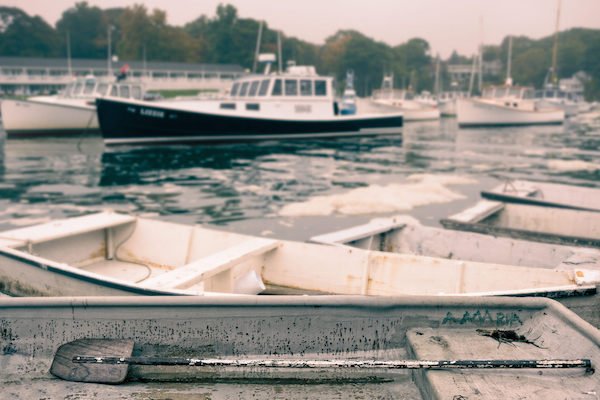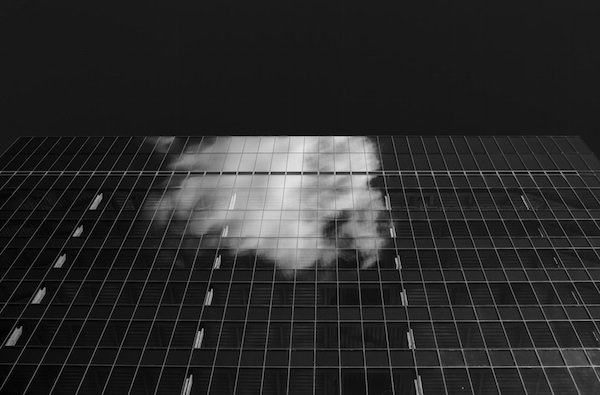As modern day photographers it is easy to get overwhelmed and consumed by new gear, new technology, new software, new techniques (did someone say HDR?) and so on.
With so much going on in the industry, sometimes you need to step back, sit down and relax.
Sometimes you need to stop the rush in your head and slow the heck down.
With that said, I thought it would be worthwhile to share some advice for newer photographers that feel that intense desire to do more than they know they can handle at the moment. Or for photographers that have experience already, but want to go back to simplicity.
Before I dive into my advice, read through Simon Ringsmuth’s article on slowing down.
Now that you have done that, here is my advice.
Slow Down
To continue on simon’s article, I wanted to share a video I recorded on the same topic of slowing down.
You will notice that I have shared some very specific things you can do to force yourself to simplify your photography. Things like switching to manual focus, completely. Or using a smaller memory card. Or not using Auto-ISO. Each of these things will force you to think, but to think specifically about the subject or scene rather than think broadly.
Primes
Prime lenses are another way to simplify. It could be nice to have those expensive zoom lenses with 2.8 or wider apertures. But do you need it? Might it complicate your photography?
Instead of spending the money on those expensive lenses, or an all-in-one zoom, try prime lenses. When I am on the job I’m typically using either a 20mm, 35mm, 50mm or 85mm lens. Each has an aperture of 2.0 or wider. They’re lighter so they don’t hurt my back, they’re smaller so they take up less room, and they make me move my feet and think about perspective more.
They are simple.

Technique
Admittedly, when HDR first became popular I hopped on the bandwagon. But eventually I got bored with doing the same bracket technique over and over. At the time processing HDR was not even close to perfection, so the time needed during processing was way too much for my liking. So I stopped and instead started to bracket 2 exposures or 3 if needed. Then I would manually mask in specific parts of the scene as needed. I would do this in on1 Perfect Layers or Photoshop – depending on what else I wanted to do to the photo.
Having written books on long exposure and panoramic photography, I love both those techniques. But I don’t always need to do them. I don’t always need filters or a tripod.
A good example of this is as follows. Recently I have started trusting the dynamic range of my camera’s sensor more than ever. Instead of using a neutral density as often as I used to, when possible I will use that dynamic range and recover highlights and shadows inside of Lightroom. The histogram for my photos is typically towards the middle so that it’s even easier to recover both ends of the spectrum.
Here is an example of trusting the sensor:
Fortunately the Nikon D810 has an amazing dynamic range to allow this. Many other cameras are in a similar situation. That doesn’t mean I never use my neutral density filters, because I do. It just means I simplify when I can, because it allows me to enjoy photography even more.

Processing
When it comes to processing photos I often see so many filters being used by photographers. There is nothing wrong with that, but I sometimes feel it’s overboard. I might be a minority with how I feel about processing, but here goes.
When processing photos I am a mix of a purist who also likes to experiment. I am colorblind, so I rely on my ColorChecker Passport to guarantee accurate colors. But I know that my colors are often off. It happens and that’s ok. But I still aim for accuracy. That’s the purist side of my mentality. The experimental side wants me to try new things, and that is also ok.
But lately while processing I have been keeping things simple. Very basic color correction as needed, contrast, clarity where needed and so on. Or a very basic black and white conversion using either Lightroom, on1, Silver Effects or Tonality. But I don’t go for anything out of the ordinary. My black and white processes are very simple. Because sometimes simple is best.

Keep It At One
If you really want to return to simplicity, try spending your photography time with only 1 camera body and 1 lens. For the past few months I have been participating in the WE35 project at The Photo Frontier. It’s a project where each photographer is researching the world of photography, and life in general with only 1 camera body and a 35mm lens (or 35mm equivalent).

Doing this is extremely challenging and mentally fulfilling. It requires you to simplify your entire photography workflow. So I encourage you to give it a try, and also the other tips I have shared here.
I will leave you with one more note. Believe in yourself, your knowledge and your creativity. You don’t need expensive equipment or to always do fancy techniques. You need yourself, your camera and a lens. So step back and enjoy photography and stop driving yourself nuts over every piece of gear and technique that you can do.

